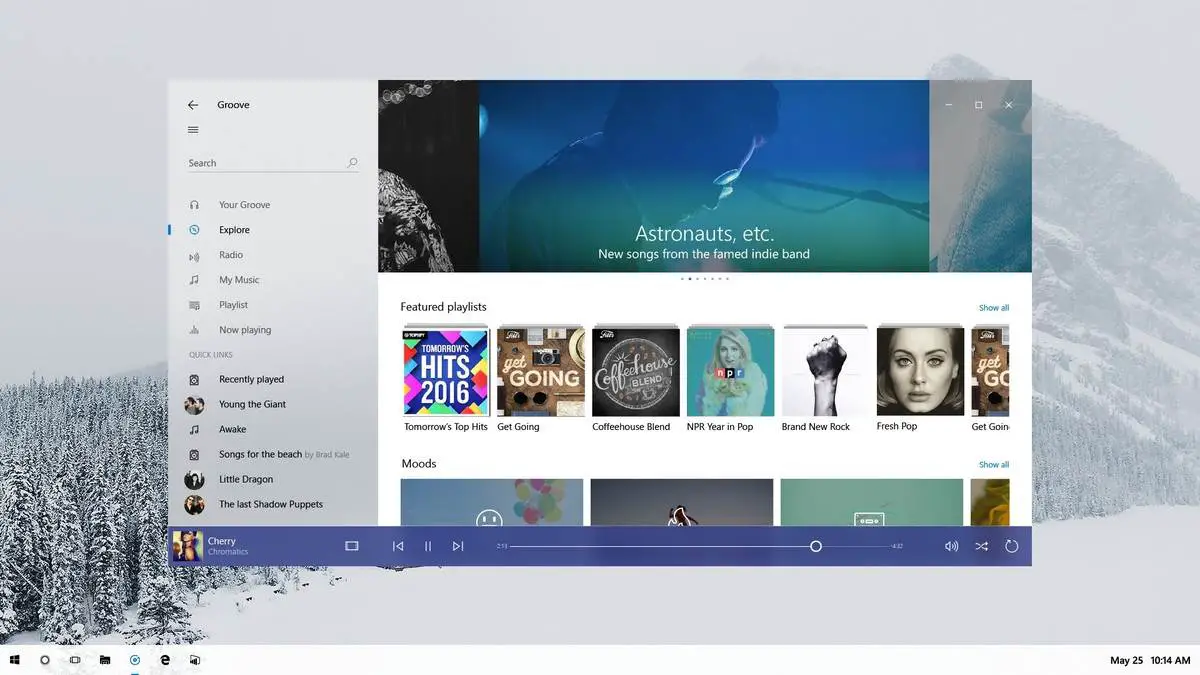Previously, researchers have found that there are multiple vulnerabilities in the currently widely used WPA2 wireless network encryption standard that can pass security verification through replay attacks.
The WiFi Alliance, which is responsible for developing such standards, then introduced the WPA3 version of the encryption standard, which protects against dictionary blasting in addition to replay attacks.
Also, the most critical improvement of WPA3 is to protect the traffic that has already appeared, which means that even if the attacker gets the key, the traffic can no longer be decrypted.

Although Microsoft has not yet disclosed Windows 10 news about the new encryption standard, the developer tools released from Microsoft have already begun to take shape.
Microsoft’s just-released Windows 10 Build 18272 SDK suite includes a new API interface and mentions the WPA3 version of the encryption security standard.
namespace Windows.Networking.Connectivity {
public enum NetworkAuthenticationType {
Wpa3 = 10,
Wpa3Sae = 11,
}
}
WPA3 is an encryption security standard for enterprise users, and WAP3 SAE is a consumer version with synchronous authentication.
WPA3SAE will replace the PSK pre-shared key in the current mainstream WPA2-Personal. The previously discovered vulnerabilities are also in the shared key.
Windows 10 Version 1903, which is expected to be released next spring, seems to have begun testing the WPA3 encryption standard to accommodate new security requirements.
However, there is currently no WPA3 version of the network equipment. It is expected that more and more vendors will release network equipment based on the new standard in the first half of next year.
There is no need to worry about computers or phones that do not yet support WPA3, as the new version is conventionally forward-compatible and supports older versions of the relevant protocols.
Via: mspoweruser






